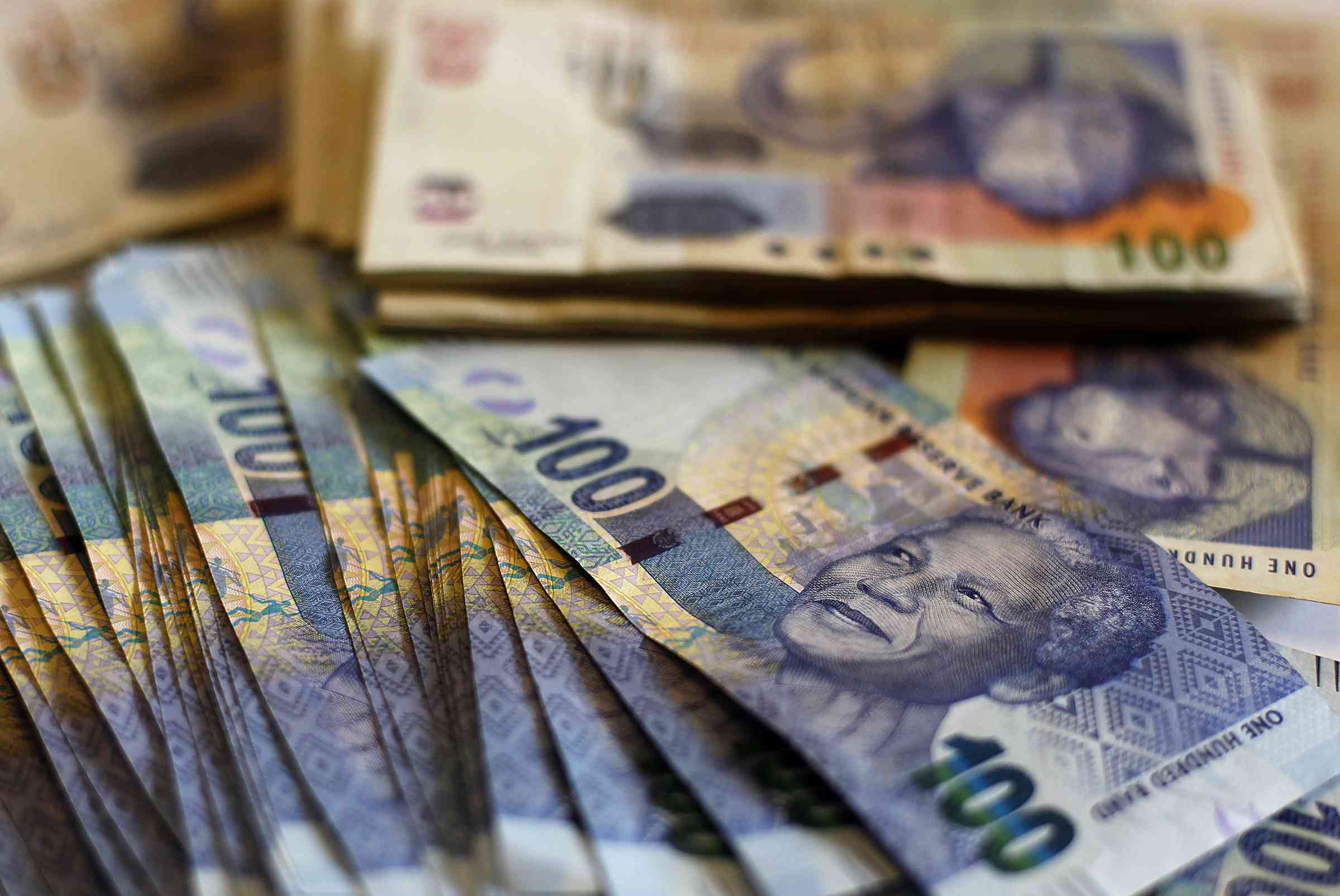
THE big question around the latest Monetary Policy Committee (MPS) meeting, which begins its three-day deliberations on Tuesday, is not if it will raise rates again. The burning question is by how much.
A Reuters poll of 20 economists found that 11 forecast a 25 basis point hike while five expect one of 50 basis points (bps). Four see no change, but there are frankly no grounds for that outlook, beyond unwarranted optimism.
A 25bps rise would take the SA Reserve Bank’s (Sarb’s) key repo rate to 8% and the prime lending rate for consumers to 11,5%. It would also be the MPC’s 10th consecutive increase since November 2021 and would bring the cumulative rise since then to 450bps.
But 50bps is clearly on the cards — the Sarb hiked by that amount in March, taking many economists by surprise.
“We expect the MPC to hike rates by 50 basis points… CPI [consumer price index] is proving to be sticky, while the rand has depreciated notably,” said Investec economist Lara Hodes in a commentary.
CPI in March was running at 7,1%, while food inflation raced to a 14-year high of 14,4%. CPI has been above the Sarb’s 3% to 6% target range since May of last year, and the central bank has a laser focus on targeting inflation.
The central bank’s hand is being forced by the rand’s meltdown and rising US interest rates, which take the shine off rand-linked assets. The Federal Reserve earlier this month raised rates for a 10th straight time to contain inflation, taking its rate to a target range of 5% to 5,25%, a 16-year high.
This has been one of the factors behind the rand’s fall, but the real driver is South Africa’s energy crisis and the surge in rolling blackouts, which have put paid to any hopes for economic growth this year. The chilling prospects of Stage 8 blackouts this winter will slash growth further and keep inflation on the boil as businesses burn more diesel to keep their operations afloat. It will also be very bad for the rand.
- RBZ allows firms to withdraw US$100 000 weekly
- Cross soiled US$100m CSC deal
- RBZ bullish on inflation
- Mangudya: Zim’s de-dollarisation on course
Keep Reading
Even with the spectre of stagflation haunting this economy, the MPC has little choice in the matter as the rand’s descent makes critical imports such as oil more expensive, fuelling inflation further.
Against this backdrop, a hike of 75bps is also plausible. And while economists now see this week as the likely peak of the Sarb’s hiking cycle, that may be wishful thinking. This economy is simply so stuffed and the threat of inflation so real that drastic monetary measures may need to be taken to address what can only be described as a drastic situation.
Of course, this is going to hit the hard-pressed and debt-laden South African consumer hard, worsening the cost-of-living crisis. But the Sarb’s view is that inflation represents the main menace on this front and it needs to be brought to heel.
The MPC will also have a hawk eye on the CPI and producer price index (PPI) data for April, which was released on Wednesday and Thursday, respectively, while its five members are meeting.
“We are expecting CPI to come out at 6,9% y/y, with food price inflation the key driver.
Factory gate inflation is projected to have eased to around 9.0% y/y. An easing in food prices at the producer level was recorded in March and if this moderation is sustained, should start to filter through to consumer food prices,” Investec’s Hodes said in her outlook.
Such a scenario will hardly keep the Sarb from raising rates on Thursday. It is loading up its barrels, and the only question is what size shot is in the chambers when it pulls the trigger. — Daily Maverick.
Stoddard is a Johannesburg-based journalist with a focus on resource industries.










